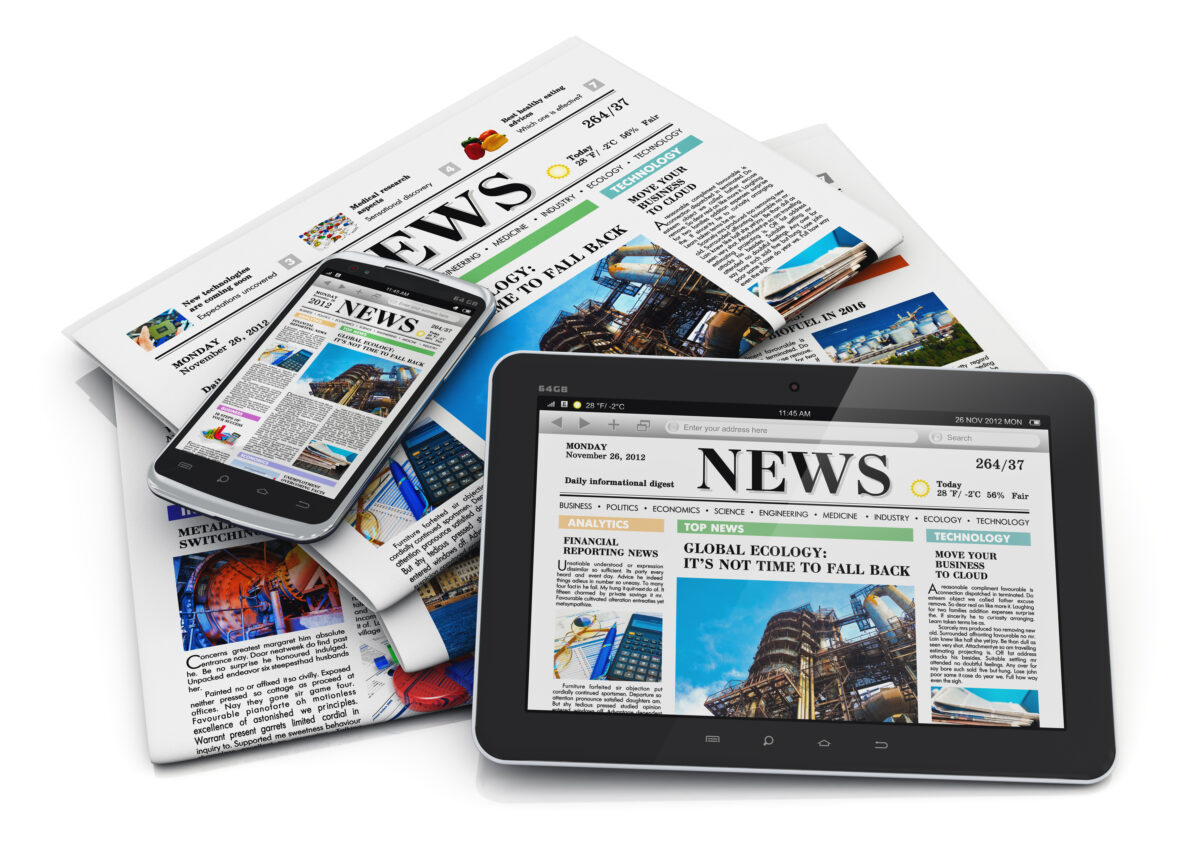The Bottom Line Understanding Current Events First Requires Knowledge of History
Originally published at Washington ExaminerAmerica’s education system has a problem. Eighty-seven percent of eighth-grade students are failing to reach proficiency in U.S. History, according to the 2022 National Assessment of Educational Progress exams released in early May.
Scores on the history exam have been declining since 2014, with the latest scores bringing a record low since the assessment began in 1994. Multiple contributing factors include the consistent downward trend of U.S. student achievement, the detrimental COVID-19 school shutdowns, the misplaced teaching of Critical Race Theory, and the attempt to overhaul history with new narratives such as The 1619 Project. One often overlooked contributing factor, however, is the continual push by educators to prioritize the study of current events in history and social studies classes over teaching historical content.
Studying current events in history class is often defended as a way to make students more informed and active citizens. Proponents argue that by examining the news, students gain a better understanding of the world they live in, learn to discern truth from falsehood, and develop critical thinking skills necessary to participate in a democratic society effectively. But does the study of current events truly produce these results?
Current events are rarely first-hand experiences but rather largely obtained by a third-party from the media.
Sadly, it’s commonplace for the drive to be the first to report on a story to take priority over ensuring accuracy. Headlines are often designed to elicit strong emotional reactions rather than convey nuanced information. In this environment, students can easily be swept up by powerful currents of confirmation bias, whereby they seek out and interpret information in a way that confirms their existing beliefs. Rather than developing the skills to evaluate claims and sources critically, they can find themselves engulfed by an echo chamber that reinforces their preconceived notions.
And with new stories constantly competing for attention, there is little time for reflection or analysis.
In contrast, a thoughtful examination of history allows students to develop a more grounded perspective.
The path to better understanding and critical thinking lies not in chasing the often fleeting headlines of today but in the thoughtful examination of history and the wisdom it can provide.
Keri D. Ingraham & Erik Twist
By studying the past, students can see the long arc of human experience, understand the forces that have shaped societies, and recognize enduring patterns. This provides the perspective necessary to evaluate the news more critically. Moreover, historical accounts that have withstood the test of time offer students a more reliable foundation for developing their understanding of the world.
Before modern technology, bank tellers were taught to identify counterfeit money not by studying it. Rather, tellers spent as much time as possible holding real money. In time, the teller’s hands would become so familiar with how real money feels, moves, folds, crumples, and weighs that any deviation from that standard was immediately apparent. Familiarity with the real thing offers the ability to recognize its perversions.
Educators should provide students with the most complete historical accounts and deep interaction with the content. This type of learning will prepare students to recognize what isn’t and shouldn’t be and wrestle with how things ought to be.
The path to better understanding and critical thinking lies not in chasing the often fleeting headlines of today but in the thoughtful examination of history and the wisdom it can provide.


